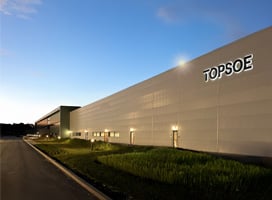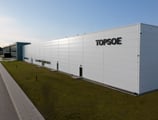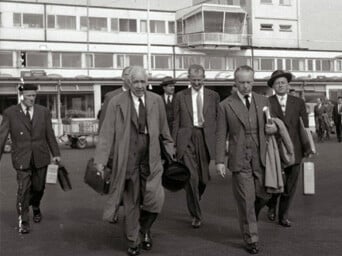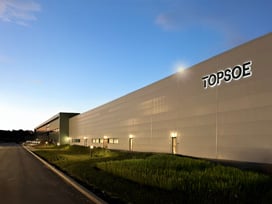Low-activity catalyst with metal storage capacity
TK-709 is a high-surface area, low-activity catalyst with high hydrodemetallization (HDM) activity and metal storage capacity.
This catalyst is typically used in various grading applications for all types of feeds, particularly where iron is encountered. It is especially suitable for olefin containing feeds, where activity grading is needed to prevent formation of gum.
.png)








![SAF Airplane runway[1]-1 1](https://www.topsoe.com/hs-fs/hubfs/SAF%20Airplane%20runway%5B1%5D-1%201.png?width=800&height=640&name=SAF%20Airplane%20runway%5B1%5D-1%201.png)



